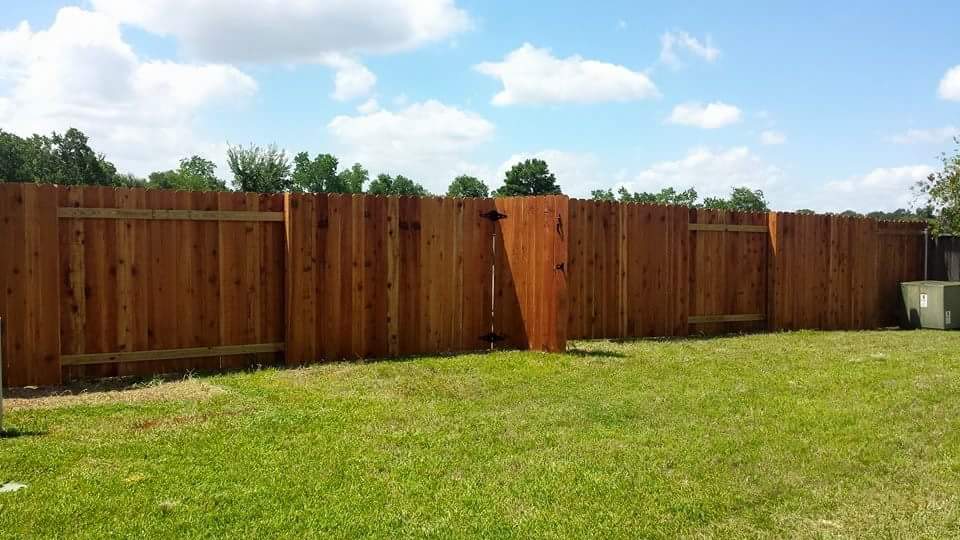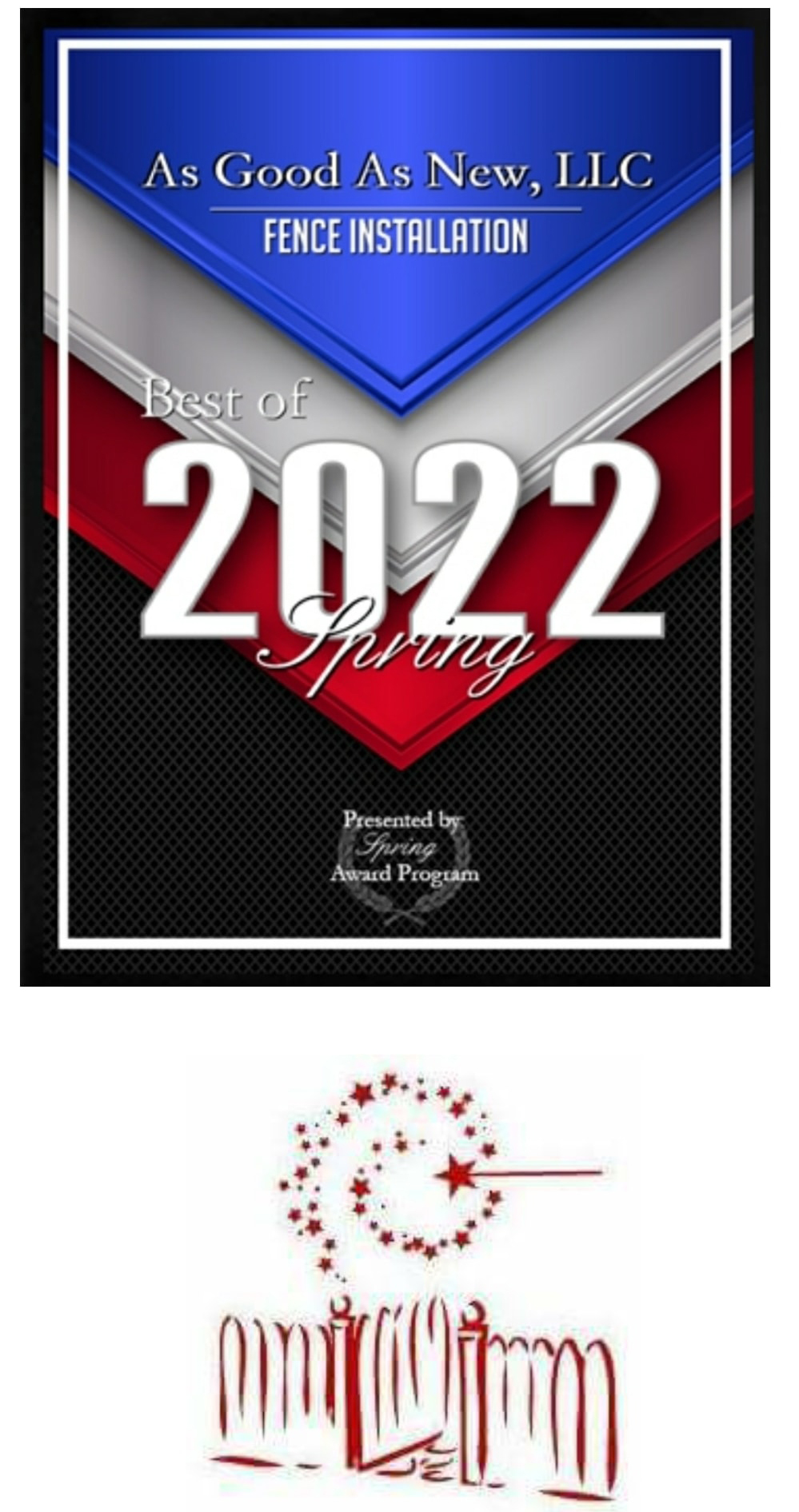5 Of The Best Types Of Wood For Your Fence

Many ask the question: Which is the best wood for fence construction? It depends on the application and effect you want to achieve. Wooden fences are not only functional additions to your home, but they also add an aesthetic appeal. Other than adding security to your property, they work well for noise reduction and add some privacy to your home too.
There are different types of wood for fence designs, depending on the features you’re looking for. Some are more expensive than others. Some are better used as fences, while others are more suitable as pickets, vertical boards, louvers or lattices.
The Five Best Types Of Wood For Fence Construction
Below, we share our recommendations for the five best types of wood for fence construction. You’ll find details about each type of wood, how durable it is, potential applications, and we’ve also included budget-friendly options.
1. Western Red Cedar
This type of wood for fences offers unmatched resistance to rot. In addition, it naturally contains oils that drive away insects. Compared to other types of wood used for constructing fences, western red cedar is a more budget-friendly option.
When it comes to aesthetics, it presents a beautiful reddish wood grain. This attractive warm color combined with the cedar’s distinct grain pattern adds to the overall character of anyone’s yard. The well-spaced knots on the wood add a down-to-earth touch to the fence’s overall appearance.
There is a downside that you should be aware of regarding western red cedar. As the wood ages over time, the exterior develops a silver-gray patina. You can reduce this effect by applying a sealer or stain on the surface. The good news is that many types of paints work well for this type of cedar. So you’ve got plenty of customization options for your wooden fence.
Western red cedar is also well-known for its toughness and durability. It’s a stable type of outdoor wood that doesn’t warp or shrink. Further, this cedar contains several natural oils that stop rot and insects on their tracks. However, it’s not the best wood to use as fence posts as a caveat. If it’s the only wood available to you, then we suggest you have it treated first with a wood preservative before burying a length of it into the ground. Then, have it pressure treated if you’re using the wood as posts. Red cedar is better used for backer rails or pickets.
2. Cypress
Cypress is a type of wood native to the southern parts of the US. If you live in the southern states, you’ll find cypress prices more affordable than in the other places in the country. Shipping costs also raise the price of this type of wood.
This type of wood contains crypretine, which acts as a natural bug repellent. You don’t need to treat this wood against insects, which also extends the life of the wooden fence.
Many homeowners choose cypress because of its aesthetic appeal. The wood grain on it looks appealing when you line it up around the yard. However, we highly recommend that you apply a stain on its surface to preserve the natural beauty of this type of wood. Other than that, you can paint it to add more protection from harsh elements.
3. Douglas Fir
Known for its light brown shade, douglas fir is an excellent wood for fence construction. The little patches of yellow or red color on the wood create an authentic, down-to-earth look. It’s also known for its visible straight even grains that go along its length. Here and there, you’ll find some knots that accentuate the patterns you’ll see on it.
Like western red cedar, this type of wood also develops a gray hue over time. You can paint, seal or stain it to get the look you want for your fence. You can control or delay the graying of the wood using a sealant.
Douglas fir has exceptional stability and strength, something you need if you live in areas with harsher weather conditions. It also offers a certain amount of protection from rot and decay. This wood is so tough that people use it for various projects like trusses and larger sections of a home.
If you want to enhance its natural resistance to the elements, apply a protective coating or finish. For example, buying ready-made pickets for fences usually comes with a finish already laid at the factory.
The disadvantage of this type of wood for fences is the price. It’s more expensive compared to pressure-treated wood.
4. Pressure Treated Wood
Pressure-treated wood is the best wood for fence posts since it can withstand rot, mildew growth and insect attacks. This type of wood has a natural yellow hue to it. Some have a light mint-green color, creating great accents to one’s home. The color varies depending on the species of wood and its grade.
You can also find color-treated variants of this wood, which are designed to mimic the look of cedar or redwood. It’s still the same pressure-treated wood, only that it has been infused with a color pigment.
Pressure-treated wood can be customized according to your needs. You can use pretty much any sealer, stain or paint on it to create the look you prefer. However, if you want to preserve the natural look of the wood’s grain, then we recommend using a semi-transparent stain.
On the maintenance side, remember that pressure-treated wood also loses color and gets a gray hue if not appropriately maintained. However, adequately scheduled maintenance work will look great and hold up against the elements quite well.
It’s a durable type of food for fences because it’s been treated with wood preservatives. This type of wood is safe for pets, kids and adults. However, a caveat is that pressure-treated fences can warp or shrink if you don’t maintain them. Also, expect it to have less stability than western red cedar and redwood. However, on the plus side, it’s the more affordable type of wood, which is an excellent choice for people who want to save money but still get high-quality wood for their fences.
Another vital piece of information about this pressure-treated wood is its different variants. Some would be treated using different standards, which means some variants are better used as fence posts while others are better suited for other applications.
5. Redwood
Redwood is a popular option for many homeowners who want quality fencing. Unfortunately, it’s more expensive than many types of wood for this application. However, it offers high-quality, durability and aesthetic appeal. It also has a natural resistance to insects and rot, so some people consider it the best wood for wooden fences.
Even though it is naturally durable, we still recommend that it should be stained during routine maintenance. Doing so increases the lifespan of your fence, and it preserves its aesthetic appearance. However, like all types of wood, it can still be affected by dry conditions, moisture, freezing temperatures and thawing.
We also recommend letting it weather for some time before you apply any stain on its surface. This will allow the oils to get dry enough.
Get The Best Wood Fence For Your Home
Do you need help with wood fence construction and maintenance? As Good As New LLC industry experts can help you identify the best type of wood for your fence. We create custom solutions working within your budget. Reach out to us today by filling out this form.



